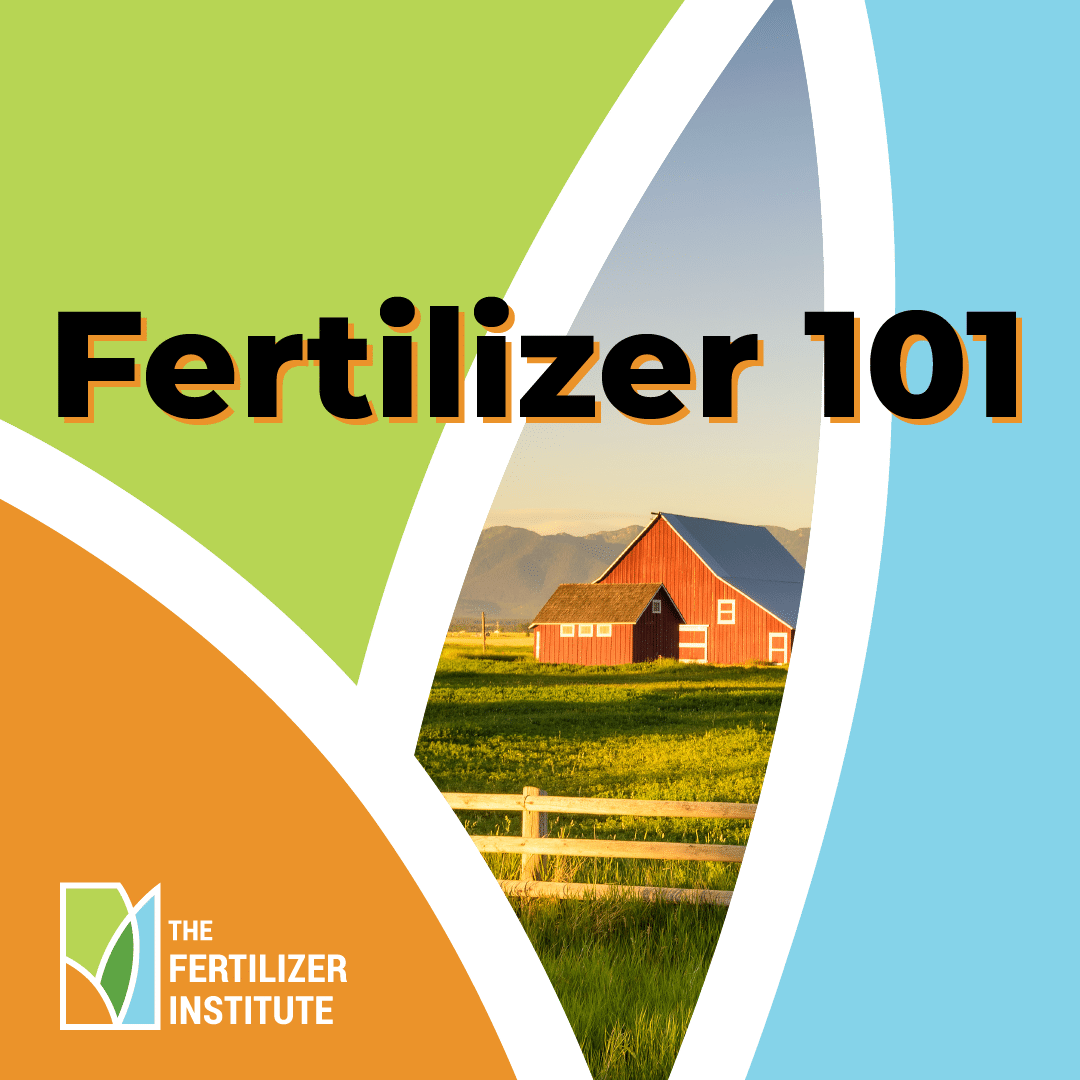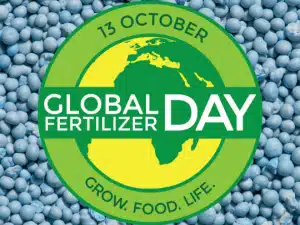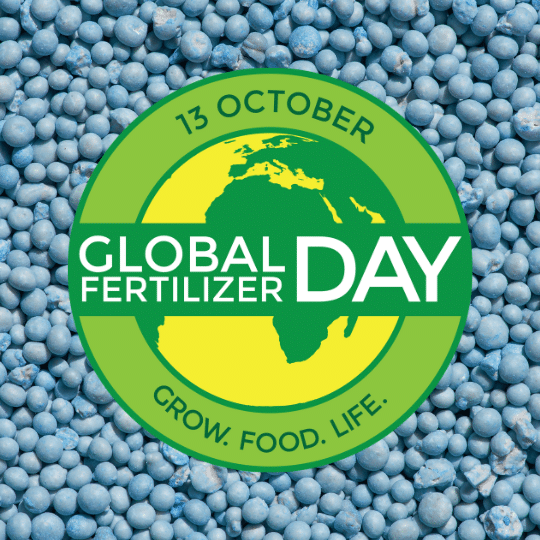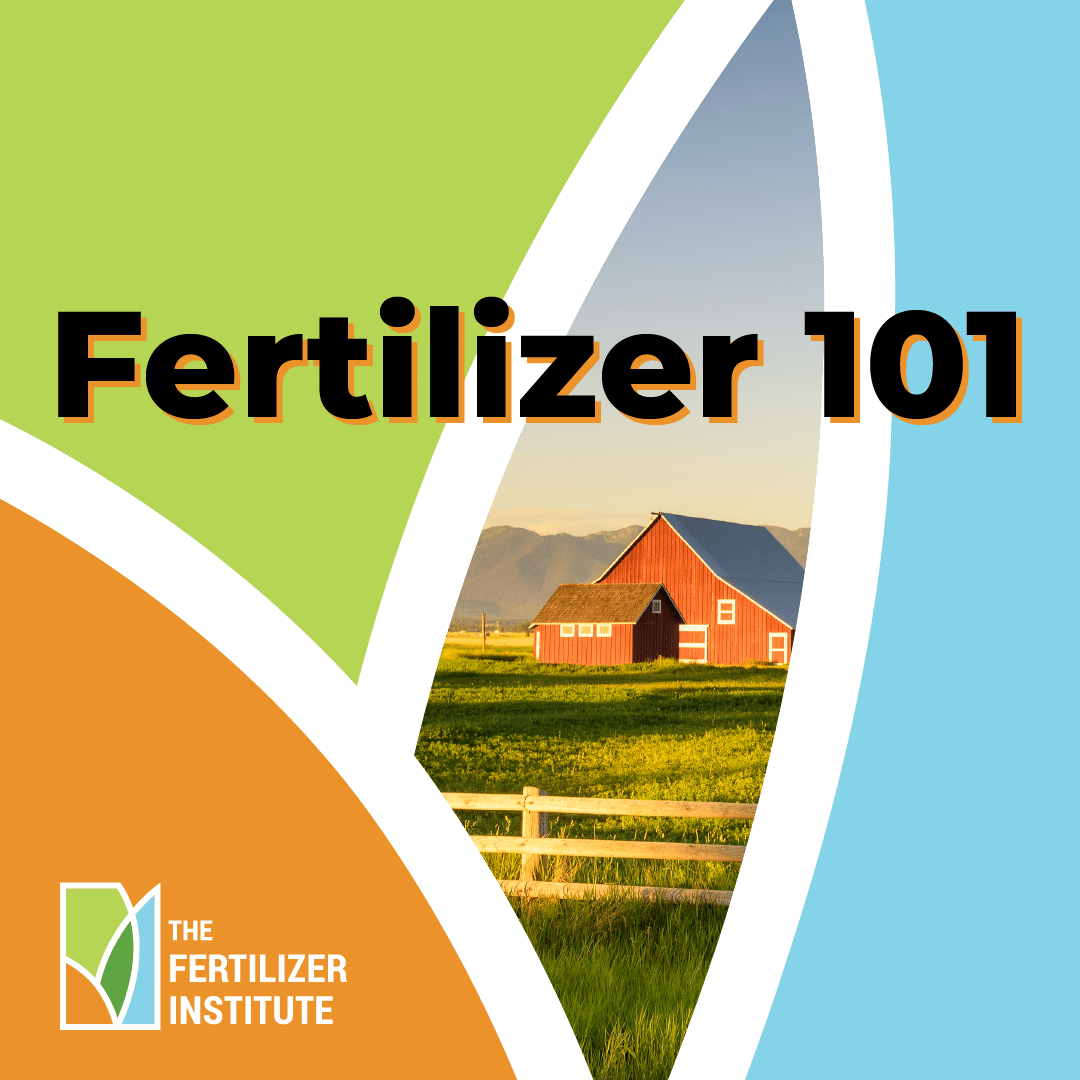Biostimulants are growing in popularity in the agronomic market as innovative new products to optimize crop production and quality. Biostimulants, by definition, are substances or microorganisms that promote plant growth, nutrient uptake, crop quality or yield, and/or stress tolerance. Interest in biostimulant products has increased, especially in regards to sustainable agriculture as they may improve nutrient use efficiency.
Biostimulants fit into the 4R nutrient stewardship framework with their contribution to nutrient use efficiency. Biostimulants can improve this nutrient efficiency with two major mechanisms: 1) by improving nutrient capture through nutrient availability or larger root systems, or 2) by improving the plant’s ability to metabolize nutrients and convert nutrients to increased yields.
Numerous types of biostimulants are available for use in agriculture. The categories recognized by the industry include live microbials, seaweed extracts, humic or fulvic acids, free amino acids and peptides, and purified molecules.
Live microbials include both inoculants that can build nodules on the root (e.g., the commonly used rhizobium in soybean), free-living N-fixing bacteria, and fungi (e.g., mycorrhizae) to extend the root system. Living microbials are designed to enhance nutrient uptake and availability to the plant and are also called biologicals, as they are living organisms (as the definition of biology infers living).
Seaweed extracts contain various natural compounds that can lead to better root growth and nutrient absorption. Humic acids, fulvic acids, and humates are obtained from decomposed organic matter and can improve soil structure, fertility, and plant health. The humics, fulvics, and humates are also called complex carbon-based products as they are derived from organics, and organic itself means the substance contains carbon. The amino acids and protein hydrolysates are the building blocks of proteins in organisms and have been shown to help improve N assimilation and utilization in the plant. The last category, the purified molecules, comes from minerals, plants, animals, and microbes, and are reported to help with stress responses in the plant. When a plant is stressed, its response is to shut down growth. Biostimulants are designed to help plants under stress mitigate some of those plant responses and encourage growth.
Each of the biostimulants has specific benefits for plants and soil. It is crucial to select the appropriate biostimulant to target higher crop yields, better plant nutrition, improved soil fertility, or potentially reduce the need for inputs such as water and fertilizer.
Biostimulants have the potential to improve farming in several ways:
Crop performance: By providing plants with essential nutrients, biostimulants can help improve plant performance, potentially resulting in better yields and higher-quality produce. Also, biostimulants can help plants cope with environmental stress such as flooding, drought, and severe temperatures.
Optimizing inputs: Some biostimulants can allow plants to better utilize nutrient inputs such as fertilizer. These biostimulants can increase nutrient uptake or optimize fertilizer use by the plant. In turn, this can reduce off-farm nutrient loss to waterways and to the atmosphere as greenhouse gas (GHG) emissions.
Promoting sustainability: Biostimulants are primarily derived from natural sources and are usually biodegradable, making them a sustainable option. Farmers can potentially get the maximum advantages of inputs such as fertilizer by using biostimulants. In addition to optimizing inputs, biostimulants can also help to maintain soil biodiversity, which is critical for sustainable and regenerative agriculture. Stimulated root growth from biostimulants can help increase underground biomass, and may lead to greater carbon sequestration and mitigating of greenhouse gases.
Increasing profitability: By improving the efficiency of nutrient uptake by plants and allowing them to make better use of the nutrients already present in the soil, biostimulants may improve profits for farmers. Choosing the right biostimulant for the farmers’ operation can lead to yield gains and overall profit increases.
Biostimulants have promise to be highly valuable agricultural products and can have a significant impact on farming practices. As farmers continue to look for more sustainable and efficient ways to produce crops, biostimulants are emerging as an promising tool. Overall, biostimulants have the potential to improve farming by providing a way to assist crop performance and optimize inputs, which helps promote sustainable farming practices while increasing profitability. We encourage state and federal regulators and legislators to create a streamlined and efficient path to market for these products. Doing so will give growers better access to these products to provide the food, fuel, and fiber needed to support a growing world.









